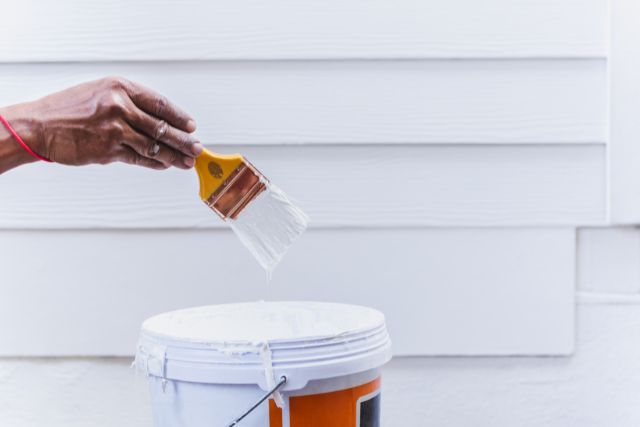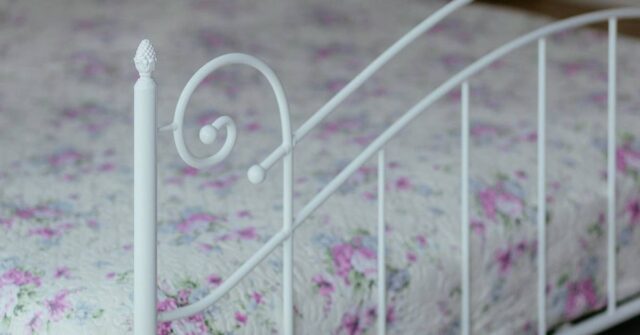Choosing the right painting technique can be a game-changer for your project.
Whether you’re revamping a single room or handling an expansive area, spray, roller, and brush methods all offer unique benefits. Let’s dive into the details to see which one suits your needs best.
Understanding the Basics of Painting Techniques
Before selecting a painting method, it helps to know what each technique entails. Every method has its own application process, tools, and strengths.
Understanding these basics lays the foundation for choosing the right approach for your specific project.


What Is Spray Painting?
Spray painting involves using a machine that sprays a fine mist of paint onto a surface. It’s ideal for covering large areas quickly, offering a smooth finish with minimal texture.
This technique shines in projects like painting ceilings, fences, or outdoor walls. However, it requires precision in setup to avoid overspray and paint wastage.
What Is Roller Painting?
Roller painting uses a cylindrical tool to apply paint in broad strokes. It’s perfect for flat, large surfaces like walls and ceilings.
This method provides even coverage with fewer visible streaks, making it a popular choice for DIYers and professionals alike. However, corners and tight spaces can pose a challenge for rollers.
What Is Brush Painting?
Brush painting is the traditional method, using brushes to apply paint manually. It excels in precision and control, making it perfect for corners, edges, and intricate details.
While it’s slower than the other methods, brushes are versatile and adaptable for virtually any surface.


Pros and Cons of Each Technique
Every painting method comes with its own set of advantages and drawbacks. Weighing these factors can help you determine the best approach for your project.
Advantages and Disadvantages of Spray Painting
- Spray painting is fast and effective for large areas, delivering a professional finish.
- However, it requires thorough masking of surrounding surfaces and is less suitable for detailed work.
- Additionally, it may not be ideal for small projects due to its setup time.
Advantages and Disadvantages of Roller Painting
- Rollers are excellent for speed and even application on flat surfaces.
- They’re cost-effective and relatively easy to use.
- On the downside, rollers struggle with corners and textured surfaces, which may require additional tools to address.
Advantages and Disadvantages of Brush Painting
- Brushes provide unparalleled control, making them indispensable for detailed work.
- They’re also versatile, adapting well to various surfaces.
- The downside? Brush painting is time-intensive and can result in visible strokes if not applied skillfully.
When to Use Each Painting Method
Each technique has its moment to shine depending on the project’s size, complexity, and desired finish.
Best Applications for Spray Painting
Spray painting is the go-to for large surfaces, such as exterior walls, ceilings, or fences. It’s also great for achieving a sleek, modern look on smooth surfaces like furniture or cabinets.
Ideal Projects for Roller Painting
Rollers excel in painting expansive flat areas like interior walls. They’re particularly handy for DIY projects where speed and even coverage are priorities.


When to Opt for Brush Painting
Brushes are ideal for trim, edges, and detailed work where precision is key. They’re also suitable for touch-ups and smaller projects requiring close attention to detail.
Tips for Choosing the Right Technique in Sydney’s Climate
Sydney’s climate can influence your choice of painting method. Humidity and temperature affect drying times and paint adherence, so picking the right technique matters.
Factors to Consider Based on Surface and Paint Type
For smooth surfaces, spray painting provides a flawless finish. Rollers are great for semi-rough walls, while brushes are unmatched for textured areas and detailed designs.
Use water-based paints for quick drying in Sydney’s humid conditions.
Expert Recommendations for Australian Homes and Businesses
Professionals often recommend combining techniques. For example, use a roller for main areas and a brush for corners.
This approach ensures efficiency and a polished result, tailored to Australian architectural styles and materials.


Conclusion: Selecting the Best Painting Method for Your Needs
Whether you choose spray, roller, or brush, each technique has its strengths. Consider the project’s scope, surface type, and desired finish to make an informed decision.
With the right method, your painting project can be a breeze, delivering results that last for years.





